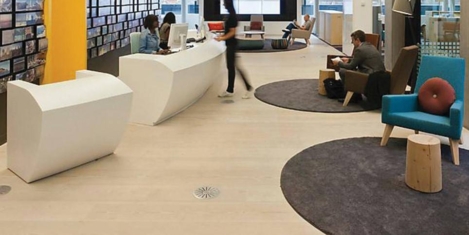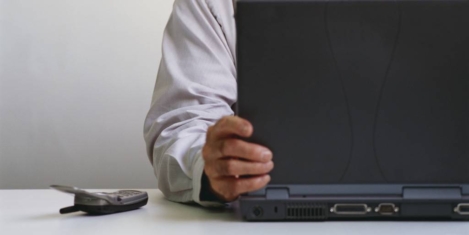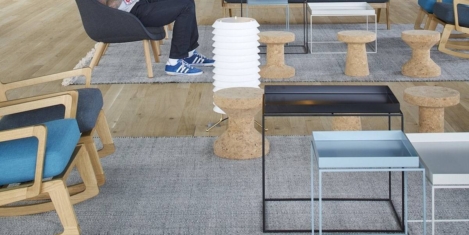December 8, 2016
Presenteeism culture in the US means sick staff spread colds and virus at work 0
 In the United States where taking a sick day is frowned upon heavily and where the annual number of holiday days are around half of that of the UK, going to work when you’re ill is almost a mark of dedication. However, for the unfortunate colleagues of those who display such martyred behaviours, trying to avoid cold and flu in the workplace has reached desperate levels, as nearly half of people in a recent survey would give up a vacation day to a sick worker to ensure they don’t bring illness to the workplace. According to the seventh annual cold and flu season survey from Staples, while the workforce is keenly aware of the dangers as well as prevention tactics surrounding seasonal illness, personal accountability remains low, with nearly 80 percent of employees still going to work sick. This is despite the fact that employers increasingly appreciate that a sick employee at home is much preferable than one who has struggled into work.
In the United States where taking a sick day is frowned upon heavily and where the annual number of holiday days are around half of that of the UK, going to work when you’re ill is almost a mark of dedication. However, for the unfortunate colleagues of those who display such martyred behaviours, trying to avoid cold and flu in the workplace has reached desperate levels, as nearly half of people in a recent survey would give up a vacation day to a sick worker to ensure they don’t bring illness to the workplace. According to the seventh annual cold and flu season survey from Staples, while the workforce is keenly aware of the dangers as well as prevention tactics surrounding seasonal illness, personal accountability remains low, with nearly 80 percent of employees still going to work sick. This is despite the fact that employers increasingly appreciate that a sick employee at home is much preferable than one who has struggled into work.

































November 25, 2016
Workplace professionals should look to the consumer sector for boosting engagement 0
by Jeff Flanagan • Comment, Facilities management, Workplace, Workplace design
More and more businesses are recognising the power of the workplace experience to drive employee performance and engagement. Global brand Airbnb, for example, has now renamed its head of human resources as “chief employee experience officer.” This is good news for workplace design and management professionals. We are well placed to capitalise on this shift in business opinion, but if we want to make a tangible impact, we need to bring practical solutions to the table. First and foremost, these need to be backed up by research. There have been few studies specifically into what makes a healthy and productive work environment. However, there are a number of research projects that examine how a human being’s surroundings impact their mood and behaviour, and in particular how consumer environments shape customers’ perception of and engagement with a brand. As workplace professionals, we can learn a great deal from this consumer research and this is why workplace design and management teams should look towards consumer-facing industries for inspiration.
More →